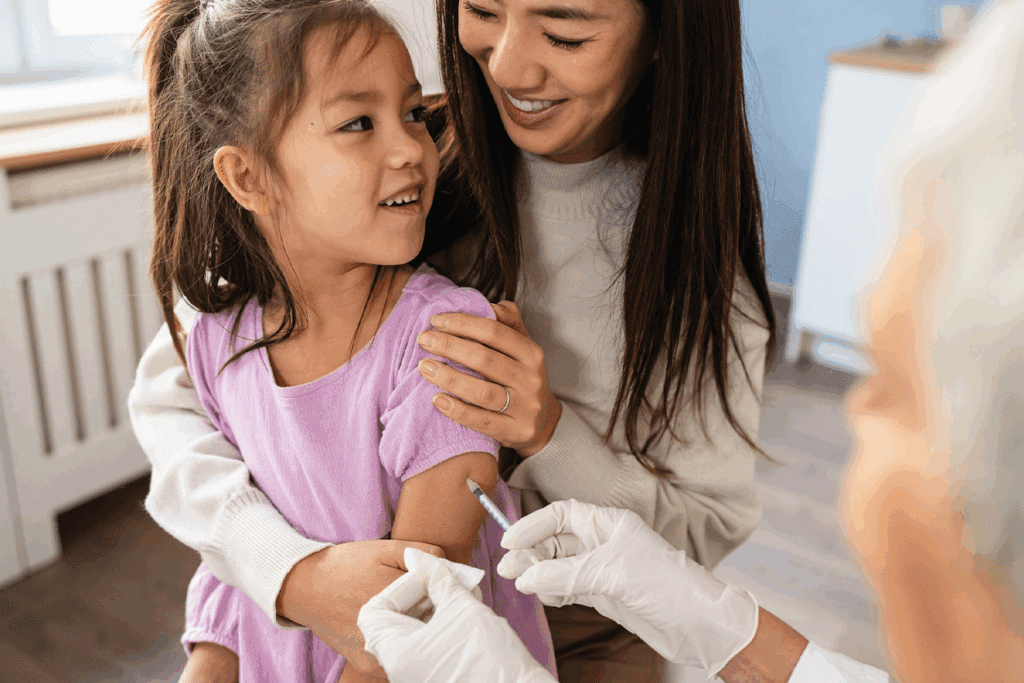
Polio, once a devastating disease in the U.S., remains a global threat, and vaccination is essential to prevent its resurgence.
Some diseases can seem so remote in recent memory that people tend to forget how much they impacted us just a few generations ago. One such example is poliomyelitis, which is also simply known as polio.
Polio is a viral infection that is transmitted orally and can result in paralysis of muscles. This can range from paralysis of limbs that can lead to lifelong disability, to paralysis of respiratory muscles that can lead to death from respiratory failure if not corrected. In the United States, images of generations of children who were disabled by polio or people needing iron lung machines for support can seem like a figment of history. In fact, this disease is still active in parts of the world.
Polio vaccines in childhood
Polio was eradicated in most of the world due to the use of vaccines; these continue to be a part of routine childhood immunizations today. There are two types of polio vaccines: Injectable Polio Vaccine (IPV) and Oral Polio Vaccine (OPV). OPV is no longer used in the United States due to the risk of vaccine-associated paralytic poliomyelitis. However, bivalent OPV is still used in some countries for routine immunization and outbreak response.
For children in the United States, the Advisory Committee on Immunization Practices (ACIP) and the United States Centers for Disease Control and Prevention (CDC) recommend a four-dose series of inactivated poliovirus vaccine (IPV) at ages 2 months, 4 months, 6–18 months, and 4–6 years. The final dose should be administered at age ≥4 years and at least 6 months after the previous dose, regardless of the number of previous doses.
Guidance for adults and travelers
What about adults who may be concerned about polio? Fortunately, most adults in the U.S. have received the vaccine at some point in their lives. Therefore, routine vaccination is not recommended. However, unvaccinated or incompletely vaccinated adults at risk should receive a three-dose IPV series: two doses 4–8 weeks apart, and a third dose 6–12 months after the second.
For international travelers, especially those visiting countries with recent poliovirus circulation, completion of the age-appropriate IPV series is required, and a single lifetime IPV booster is recommended for previously vaccinated adults.
Vaccine clinics offer protection for any age
Primary.Health has years of experience powering easy, accessible testing and vaccination clinics for school districts, communities, and public health entities. Talk to us about offering fast, accessible vaccinations at scale for all ages to stay ahead of outbreaks, and enjoy safer, healthier communities.
Disclaimer: This blog content and linked materials are not intended as individual medical advice, diagnosis, or treatment, and should not be considered as such. Any readers with medical concerns should contact a licensed healthcare provider. This blog is provided for informational purposes only.
